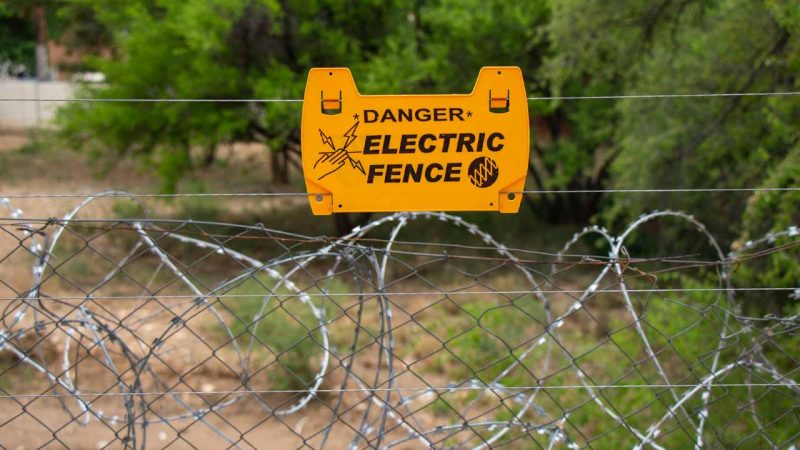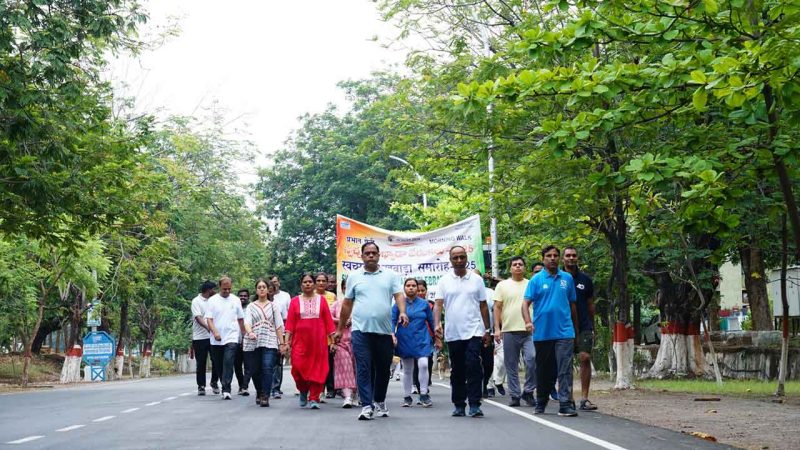Telangana’s sugarcane struggles: Will its cultivation ever bounce back?

Sugarcane cultivation has of late dropped to less than one lakh acres. This decline is having a direct impact on sugar industry, leading to factory closures and economic downturn in sugarcane-dependent sectors
Published Date – 16 May 2025, 04:13 PM

Hyderabad: Sugarcane cultivation in Telangana has been witnessing a steady decline over the years, raising concerns among farmers. Once a thriving crop covering over five lakh acres in 2019, sugarcane farming has now started shrinking and it touched the lowest ever of 82,000 acres, with farmers shifting to alternative crops.
Sugarcane cultivation has of late dropped to less than one lakh acres. This decline is having a direct impact on sugar industry, leading to factory closures and economic downturn in sugarcane-dependent sectors. The decline in the sugarcane area is prompted by high input costs, labour shortages, and sugar mill closures.
As of February 2025, two sugar mills in Telangana had ceased crushing operations, with only a few, like Gayatri Sugars and Indira Sugars in Kamareddy, remaining active. The closure of key mills has severely impacted farmers, pushing them toward crops like paddy and maize. Efforts to revive the industry include initiatives like subsidies and promotion of high-yielding cane varieties, alongside a committee to study restoration of the Nizamabad Sugar Factory.
However, challenges persist, including stagnant Minimum Selling Price (MSP) at Rs 31/kg against rising production costs and Fair and Remunerative Price (FRP) of Rs 3,400/tonne. Of late the sugarcane cultivation, an irrigation-intensive crop, has been deprived of irrigation support. The need of the hour is not only better irrigation, but policy support, says K. Amarnath, a farmer from Kamareddy.
Telangana’s sugar recovery rate aligns with India’s 9.5 – 10%, but it is much lower than global standards 13% to 14%, limiting output efficiency. By 2024, the overall sowing area (of all crops put together ) in Telangana during the Vanakalam (kharif) season reached only 1.23 crore acres, about 95% of the normal cultivation area.
Farmers have increasingly abandoned sugarcane due to harvest issues, high input costs, labor shortages, and lack of government support. The sugarcane crop area had come down to less than one percent of the overall crop area due to multiple factors. It is a labor-intensive crop requiring huge investment in seedlings and fertilizers.
The Congress government had announced ambitious plans to revive sugarcane cultivation, particularly in Nizamabad, Medak, and Karimnagar. But it proved to be low on implementation. Awareness meetings have been held to encourage farmers to return to sugarcane, with promises of subsidies, interest-free loans, and high-yielding cane varieties, but they are yet to translate into a reality.
Farmers are willing to resume sugarcane cultivation but demand substantial support. The decline in sugarcane cultivation has led to reduced sugar production, with Telangana producing only 22.76 lakh tonnes of sugar in 2019, a figure expected to decrease further without intervention. Sugar production in the 2024-25 season is notably lower, with the state contributing minimally to India’s estimated 27 million tonnes of sugar output.
To combat this issue, grant of nominal bonus to sugarcane farmers is reportedly under consideration, according to official sources. Reports suggest that initial proposals were made recommending a bonus of up to Rs 500 per ton. But how far the government can be able to reach out to the sugarcane farmers with such an incentive is a big question haunting the minds.






